Frank Tay and Alfred Guender
This article was originally published in Asymmetric Information, April 2020.
The Old Days
What dates mark the establishment of the department and what were the reasons for having a separate economics department at UC? Who was the inaugural professor and where did this person come from?
T: There are three possible dates. The first is late in 1919 when the Board of Governors of Canterbury College decided to separate Political Economy from History. The chair was then held by Prof. James Hight who taught both history and political economy. The second is July 1920 when A.C. Pigou of Cambridge University recommended that John B. Condliffe be appointed as professor of economics. The third is March 1921 when Condliffe took up his appointment. Most people would regard 1920 as the starting date of economics as a separate department.
What do we know about the inaugural chair?
T: J. B. Condliffe was born in Victoria, Australia and came to New Zealand as a young child. He attended what is now Hagley College and then enrolled at Canterbury College as a part-time student. In 1915 he was the first student to be awarded first-class-honours in economics. At the time there were 6 post-graduate students in the department. Prof. Hight’s other distinguished student was Douglas Copeland who went on to become Professor of Economics and Dean of Commerce at the University of Melbourne.
Condliffe left the university in 1926 for the Institute of Pacific Relations and joined the Economic Secretariat of the League of Nations in 1931. There he wrote the first five volumes of the Economic Survey. After a short stint at the London School of Economics he took up a chair at the University of California at Berkeley in 1939 and published the Commerce of Nations in 1950, which I read as a student in 1951. Condliffe had a very distinguished career in economics as did his fellow classmate Copeland who became the first vice-chancellor of Australian National University. Both Condliffe and Copeland were knighted for their service to education.
Given that NZ was a dominion of the British Empire, were there any British universities that Canterbury tried to emulate and keep close ties with?
T: Oh yes! After WWI Condliffe received a scholarship to attend Cambridge University where he studied under A.C. Pigou. There he rubbed shoulders with J. M. Keynes, H. Henderson, D. Robertson, and J. Clapham. So, his teaching at Canterbury College was influenced by what he was taught at Cambridge. External examiners – including those from Oxford – certainly made their influence felt.
Did the Economics Department in those days concentrate on the teaching of undergraduates? Or was post-graduate work possible in the 1920s?
T: A Masters programme started in 1914. Numbers of enrolled students varied from 2 to 7 during the war and the 1920s. Six papers were offered, two in economic theory, one in statistics, one each in money and banking, public finance, and British economic History. The research component consisted of an essay or a thesis. This programme was the precursor to the MA and the MCom.
Surely, the Professor of Economics at the time couldn’t handle all the teaching by himself. Did he have any assistants?
T: Condliffe was assisted by Albert Tocker who succeeded Condliffe as chair of economics at Canterbury College. Tocker was later assisted by George Lawn who went to the Reserve Bank of New Zealand. There were always one prof and one lecturer. This set-up was in place up to the start of WWII. After Lawn’s departure, Alan Danks and Colin Simkin (later Professor of Economics at the University of Auckland) were hired.
In the 1940s the department doubled. Wolfgang (Wolfie) Rosenberg and Graham Miller joined. Back then undergraduate economics student numbers were only in the hundreds, (between 200 and 300) with a handful of Masters students.
Condliffe was an eminent researcher. What about the professors who succeeded him at Canterbury College?
T: Tocker published in both the Economic Journal and the Economic Record and also in the local Chamber of Commerce Bulletin. He wrote on monetary issues and exchange rate policy. His successor, Cornelis Westsrate, was equally successful in publishing in academic journals. I remember an article by him in the Quarterly Journal of Economics. It may have been on customs unions. Westsrate also published two or three books on the New Zealand economy. After Westsrate’s death in 1961, Alan Danks took over as professor. Danks was more of a teacher than researcher though he published a fairly influential booklet on social credit. From the 1940s to the 1960s Canterbury was probably like a North American Liberal Arts college. Therewas more emphasis on teaching than research. This changed in the late 1960s when the ethos of the university changed, and Albert (Bert) Brownlie from the University of Auckland took over as chair. Brownlie was more research-orientated and encouraged staff to publish. Brownlie was an editor of New Zealand Economic Papers.
What was the Department of Economics like at the time of your appointment in 1962? How big was the department? How many senior academics? How many junior academics? Any female colleagues?
T: There were four of us! There was Danks who was an Associate Professor (later promoted to chair), Wolfie Rosenberg and Graham Miller were senior lecturers; I was the sole junior staff member. I tutored first-year students and taught at Stage II, III, and at Masters. Occasionally I had to lecture in the first year when Danks was away. Danks taught microeconomics. Rosenberg was in charge of macroeconomics and Graham Miller was the economic historian. I had to teach international economics at the Honours level. We were very busy in those days!
In 1963 Michael Hudson, a graduate of the University of Sydney, joined the department as a junior lecturer from the University of Otago. Two additional positions were created in 1964. John Guise taught statistics and introductory econometrics (!) in 1964. Peter Hampton joined from the University of Ottawa. After Bert Brownlie’s appointment to the chair in 1965, the total academic staff in the Department increased to 7 with the addition of Tony Rayner a year later from Nuffield College, Oxford. Tony became the second professor, in charge of teaching econometrics. He supervised doctoral students in the 1970s.
This must have coincided with a massive increase in student numbers.
T: Indeed by 1965-66 there were about 500 students in the department. Mind you, when I arrived at UC total enrolment was approximately 3500 students. Later it rose to 5000.
UC’s academic staff wore formal academic regalia during lectures. When did this formal tradition stop? Were you comfortable wearing an academic gown?
T: I was a rebel. It was not compulsory to wear a robe. Alan Danks, Wolfie Rosenberg, and Graham Miller did while Albert Brownlie did not. Neither did Peter Hampton nor John Guise. I did not feel comfortable in it. The practice ended when staff moved from the city campus to Ilam.
UC’s original campus was close to the city centre. Were you happy to leave the old campus and move to the new digs in Ilam?
T: We were torn. The city was wonderful. You could walk down Cashel St. to a café. In fact, from 1965 to 1974 a majority of staff lunched together in a cafeteria in the city centre. When Bert took over as chair in 1966 we never had formal departmental meetings. It was wonderful to talk about departmental matters over lunch instead. Decisions were reached by consensus. There was a wonderful atmosphere in the department. Formal departmental meetings began shortly before the move to the Ilam campus because a member of staff refused to join us for lunch.
The advantage of moving to Ilam was that the new campus provided more teaching space. And we had a bigger common room.
Where was the Economics Department housed on the Ilam campus?
T: We were on the 9th floor of the Library tower. I had a corner office which was marvellous.
Were lectures given on the 9th floor as well?
T: Only honours level papers were taught there in the big seminar room where we also held our departmental meetings.
Impressions
Over the years the Economics Department has hosted quite a few well-known academics, thanks largely in part to the creation of the Erskine Fund. Who was this man and what motivated him to make this generous gift to the university?
T: John Angus Erskine was a contemporary of Rutherford at Canterbury College in the 1890s. Erskine got a double first in Mathematics and Experimental Science. He subsequently got a scholarship to the University of Berlin, Germany, where he published scientific papers in German. After time in England he returned to Canterbury to study engineering. After graduation Erskine worked as an engineer in Australia until 1920. He also began to play the stock market where he made his fortune. I believe the reason he included commerce and economics in his will was because he made his money in the stock market.
Do you still remember the first Erskine fellow to visit the department?
T: Absolutely! When Bert Brownlie took over he found we were entitled to an Erskine grant. In those days departments were allowed one Fellow per year (I believe). In any case the grants were not as big as they are today. Bert asked: “Whom would you like to have as an Erskine Fellow?” I was the only one to come up with a suggestion: Charles Kindleberger of MIT because in those days Charlie was my hero. He was the type of economist I liked, one with a historical bent. Charlie came with his wife in 1966. He gave a series of lectures on the international monetary system and foreign investment. The latter were, I believe, published in a short book. Charlie suggested that we might like to invite Joe Stiglitz as an Erskine Fellow.
Joe by that time had finished his PhD at MIT and was editing the works of Paul Samuelson. So, Joe came the following year. He was wonderful in many respects. In those days the Economics Department was in a building on the corner of Cashel and Montreal St and in Sinclaire House. Bert Brownlie, Peter Hampton, and I were in Sinclaire House. Joe occupied the spare room there. Joe had this wonderful habit of showing up at around 10 am, spending about 20 minutes in the toilet, and then for the rest of the morning until lunchtime pounding away on his typewriter. Over lunch Joe would regale us with what he was working on. He was the most productive guy I have ever met. He put us all to shame. Every week he came up with something new. And he would share all this in lectures given to Honours students! I remember Joe and Charlie very well, not least because I made bird nest soup for Joe. It took me three long hours to prepare it. Oh, Joe was a wonderful character.
As we all know Joe Stiglitz later became a Nobel Laureate. How many other Nobel laureates in Economics did the department manage to attract while you were on its staff?
T: Well, there was Koopmans (Yale) who came in 1967 or 1968 and then Gerard Debreu (UC Berkeley). Debreu actually came three times as an Erskine Fellow to Canterbury. Since my time, of course, Canterbury has also hosted Clive Granger as an Erskine.
Is it true that Milton Friedman (Chicago) came to Canterbury, albeit not as an Erskine Fellow? Rumour has it that you beat him in a tennis match. Is that fact or fiction?
T: Milton came in 1981 for a short stay, just two or three days. I was head of the department back then. The first question he asked me was whether he could have a game of tennis. Peter Hampton and I were possibly the only tennis players in the department. So, we played a competitive set and I managed to beat him 6:4. But Milton Friedman was not the only tennis player to visit. Bob Clower (UCLA and South Carolina) was also passionate about tennis as was Murray Kemp (NSW). I missed out on playing Paul Samuelson (MIT) when he visited because he did not stay long enough.
Is it true that the Nobel Prize Committee solicited nominations for the Economics Nobel Prize when you were Head of the Department?
T: Actually no. The solicitation came before I was head, when Bert was still in charge. He nominated Debreu.
What do you consider to be the heyday of the Economics Department at UC? Was there a time when UC’s approach to teaching economics differed from that of its peer institutions?
T: There were two periods. The first period was after 1967 and lasted through the mid-1970s. We introduced the ‘Knight’s Move programme’ to attract bright students from the sciences and engineering. They could move into economics for a two-year Masters programme. The first Knight’s Movers were John Riley (PhD, MIT), who later became a distinguished Professor of Economics at UCLA, Roger Hurnard and Hugo Rusbridge. The latter two joined NZ Treasury. Over this period the department experienced an inflow of Honours and Masters students with enrolment numbers between 20 and 30. The department’s publication record flourished.
The second period lasted from 1981 to 1986. Academic staff numbered 13, a record high at the time. Richard Manning (later SUNY Buffalo) held the chair in economics, and David Giles (later Victoria University, Canada) held the chair in econometrics. Leslie Young (later Univ. of Texas at Austin and Chinese University of Hong Kong) was around then. We had a weekly seminar, and we started our working paper series. In 1984, I believe, we were ranked in a study published in the American Economic Review as the 34th best Economics Department in the world (outside the US) and 127th world-wide (US included). In Australasia we came in fourth after Monash, New South Wales, and ANU. It was a great and very successful period for us.
You have an incredible teaching record at UC. It covers almost the whole spectrum of economics (with the possible exception of econometrics). What courses did you enjoy teaching most?
T: Ah, I am possibly a jack of all trades and master of none. The course I enjoyed teaching most came under the title of Applied Economics (topics ranging from Japanese economic history to the history of economic imperialism) because it allowed me to change course contents every third year or so. I also taught under the same title a course on the history of the international monetary system and a separate course in development economics. I can say that I was very fortunate to have had two very good heads of department, Alan Danks and Bert Brownlie who led by example. Neither of them had a “dirigiste” administrative mind. Both trusted the staff to do what they were interested in doing. I was given a huge amount of freedom to teach what I wanted.
Academia: What Has Changed?
You have always been a keen observer of the university. Looking back, what strikes you as the most dramatic changes in academia over the past 30 years? Have all these changes been for the good?
T: Ah, universities have been corporatized. Together with that there has been growth of bureaucracy. There has been this insertion of middle management between the administrative top and the departments and a loss of institutional memory. The explosion of bureaucracy has been incredible. Once the number of people working in Registry numbered less than 60 or 70. Now this number has probably increased four-fold. Also, the atmosphere on campus has changed. I remember a collegial relationship between the administrative staff in Registry and the teaching staff during my tenure. I don’t think this collegial relationship exists anymore. The administrative staff believe that they are top dogs. This has been the most discouraging development in the university since my (first) retirement in 1989.
Changes have also occurred in the teaching of economics. The subject has become much more quantitative. Have we gone too far?
T: Well, yes and no. I suppose economics has become much more quantitative. To be sure, graduates should be able to do some quantitative and econometric analysis. At the same time, I lament that our teaching programme has no place for economic history. Economic history is emphatically empirical and analyses what goes on in the real world. As such it should provide a counterweight to the theoretical world of economic models. The students should learn that the real economy is messy. Students should read about the experience of the Great Depression and the protectionist trade battles of the 1930s. After all, we seem to be on the verge of reliving these trade battles now as evidenced by recent protectionist moves by the US and China.


%20resized.JPG)
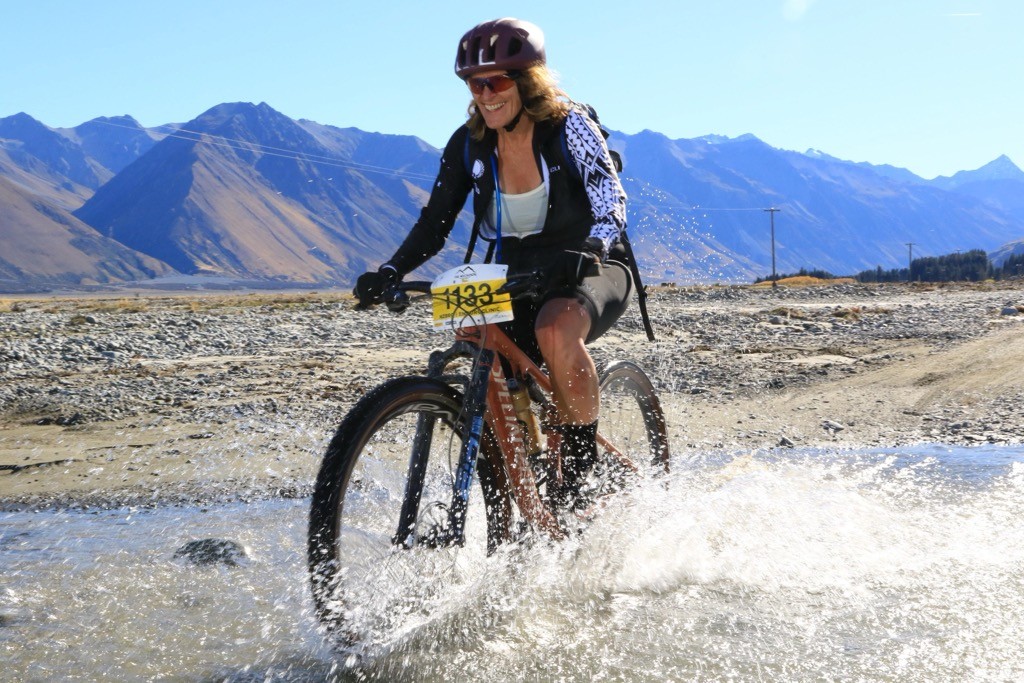
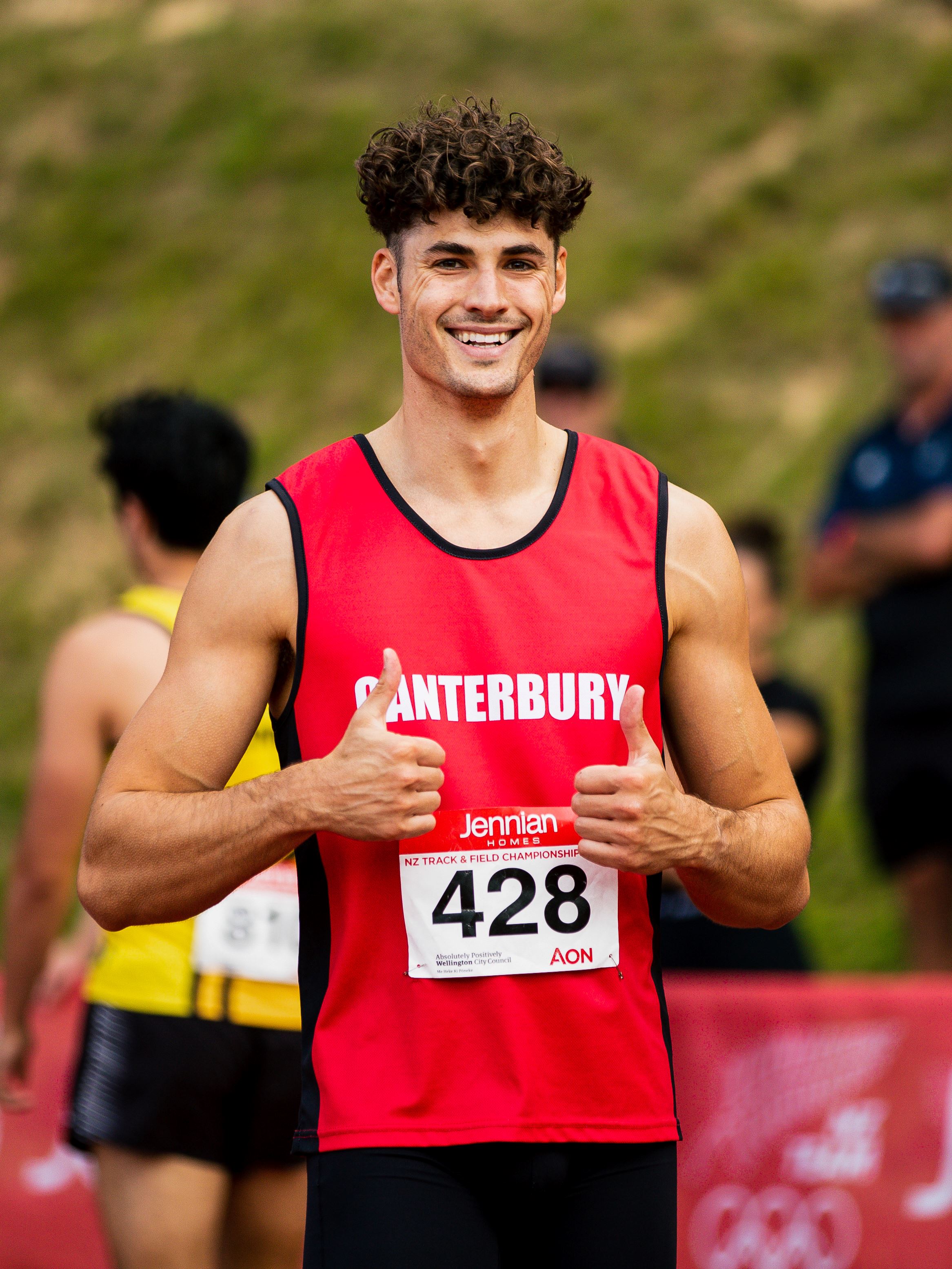
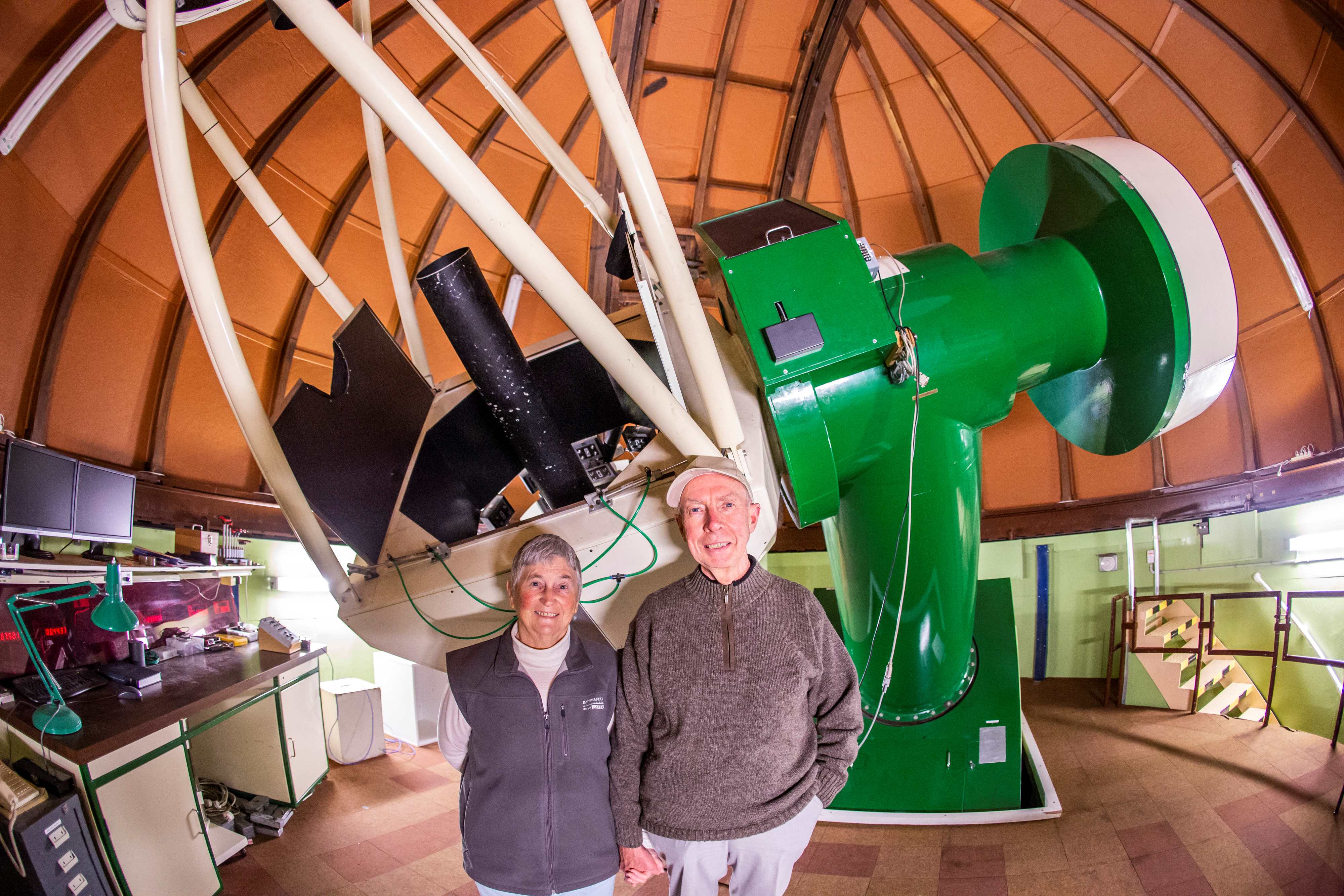
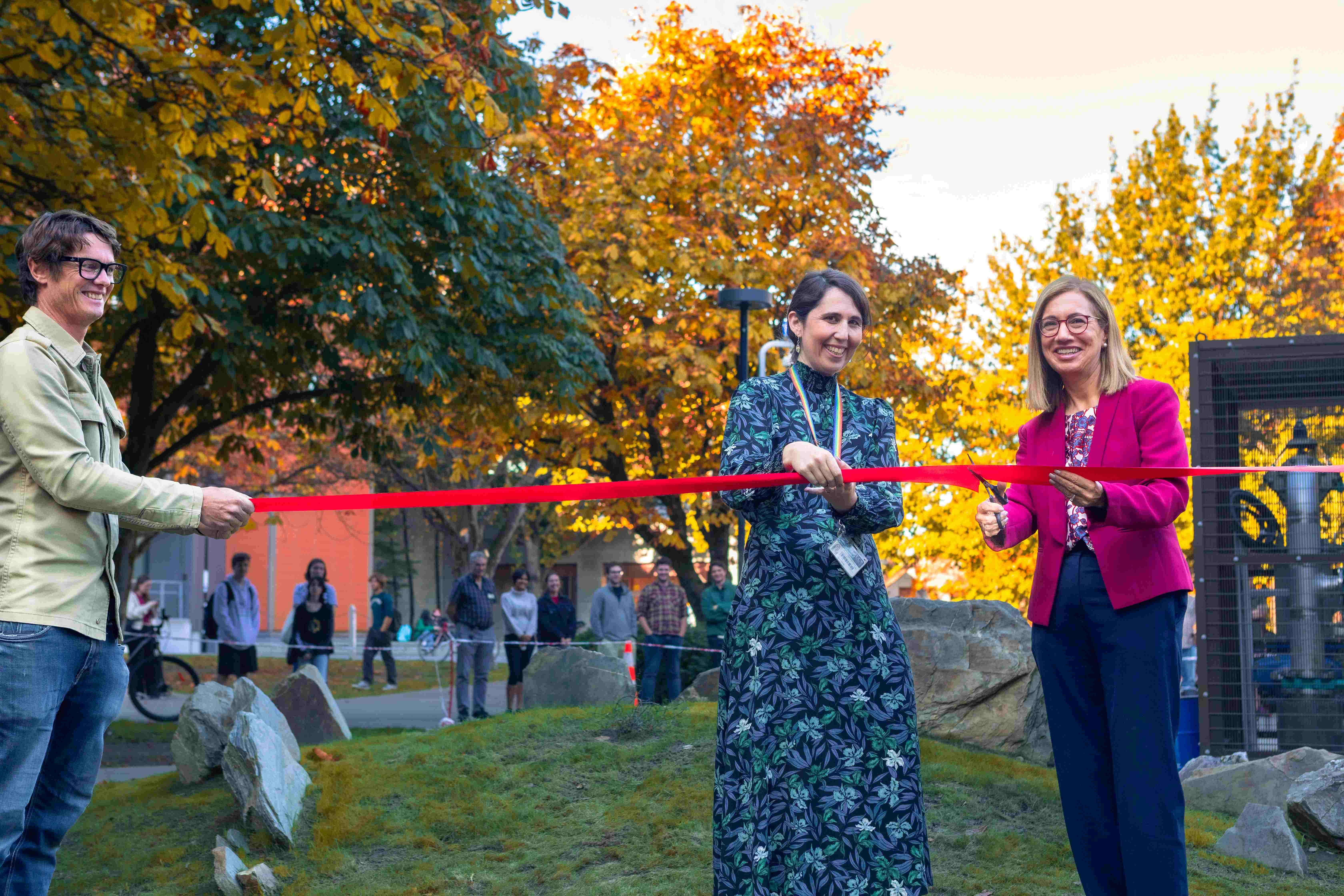
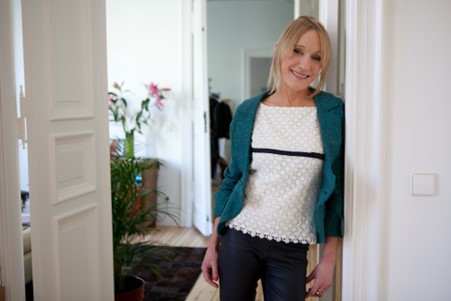
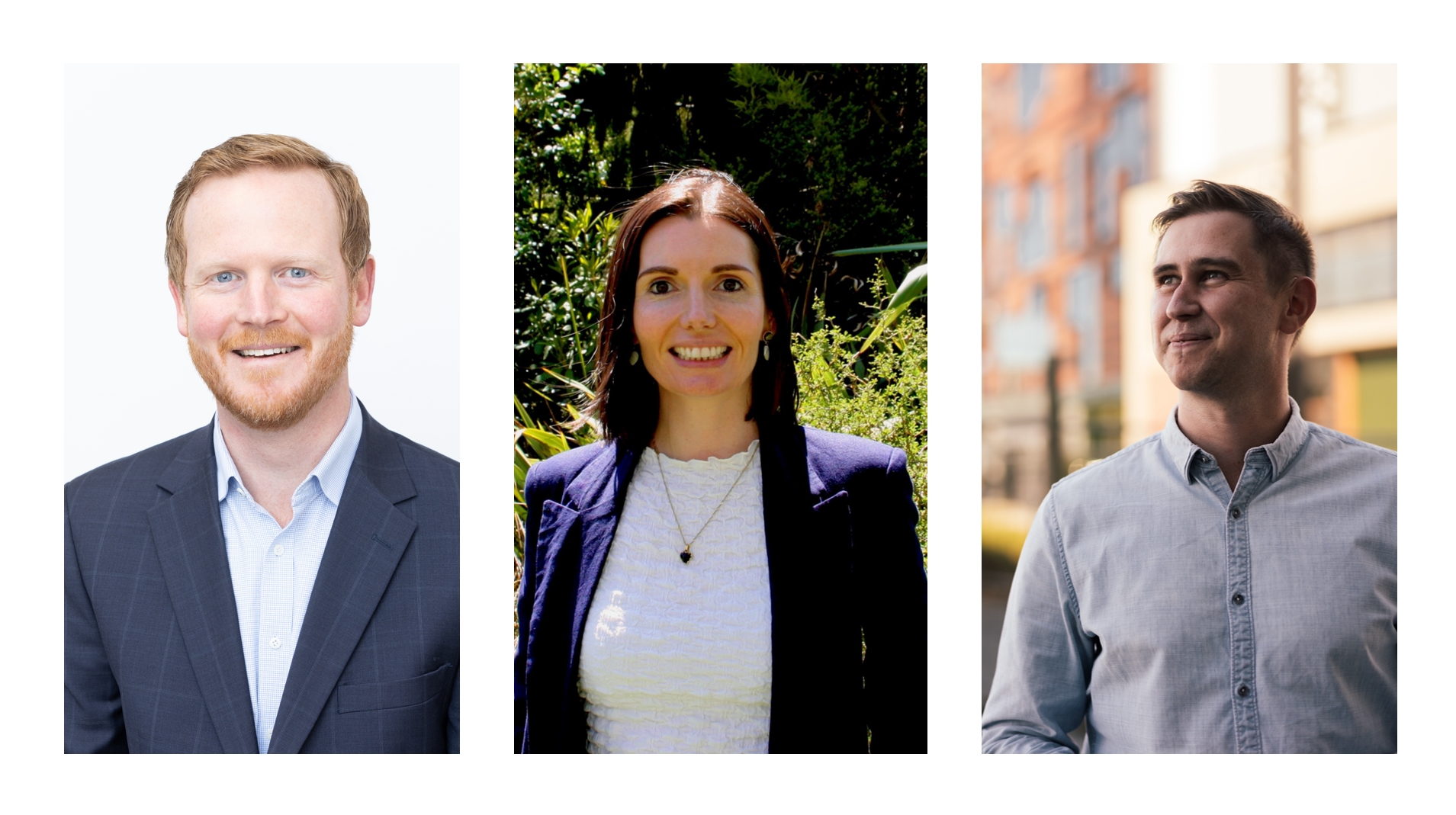
.jpg)